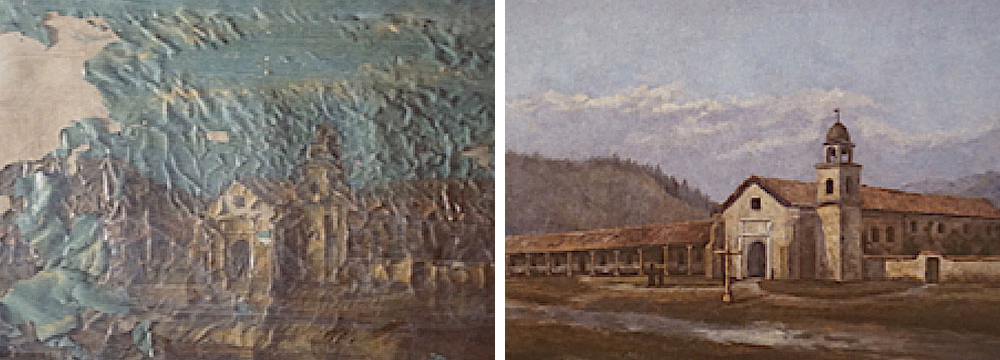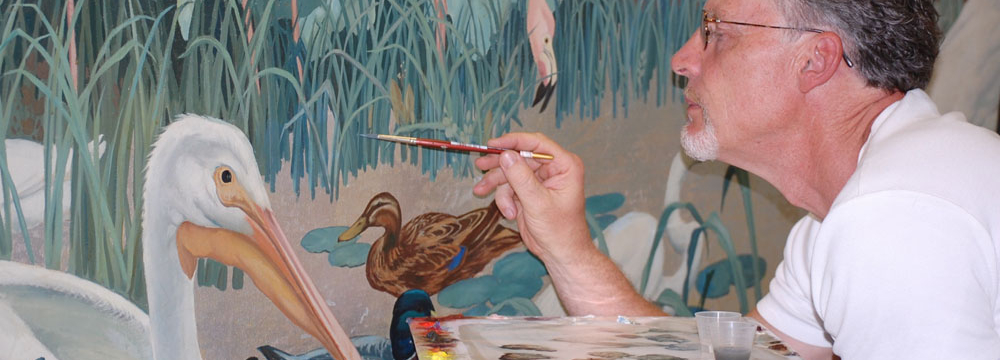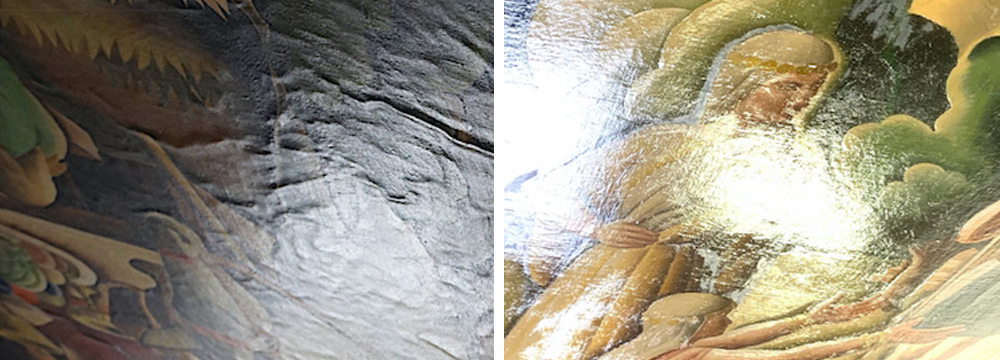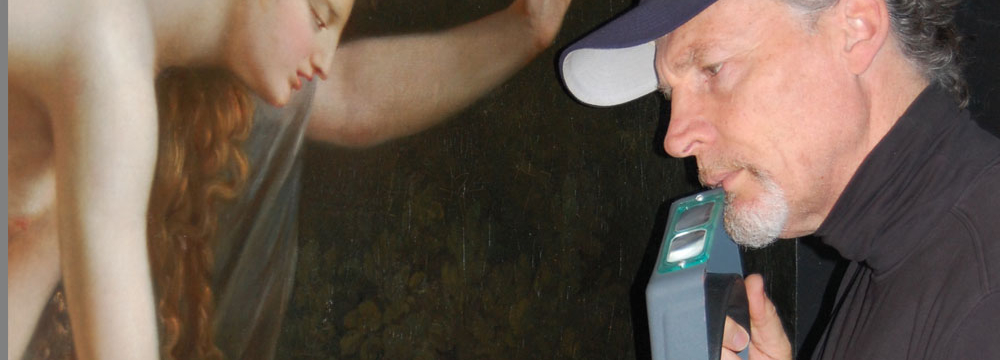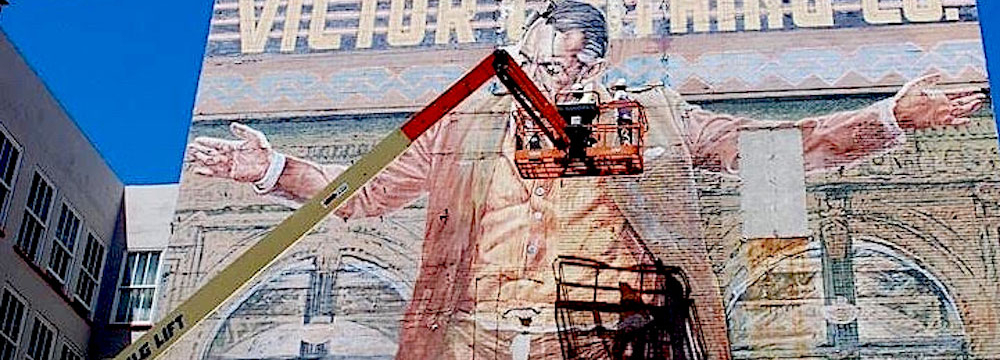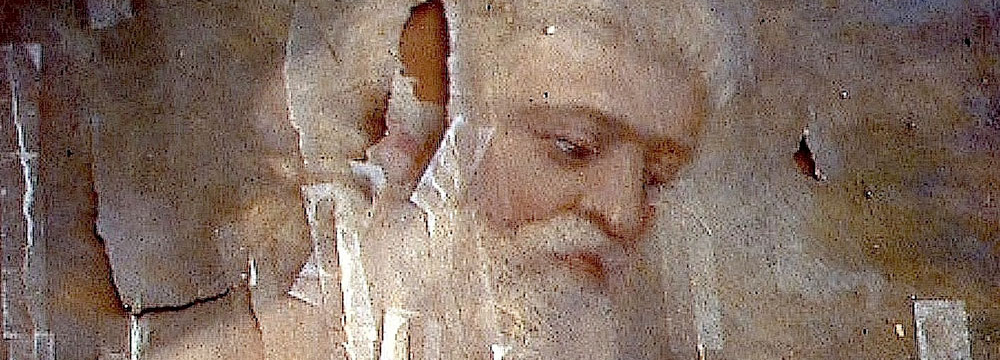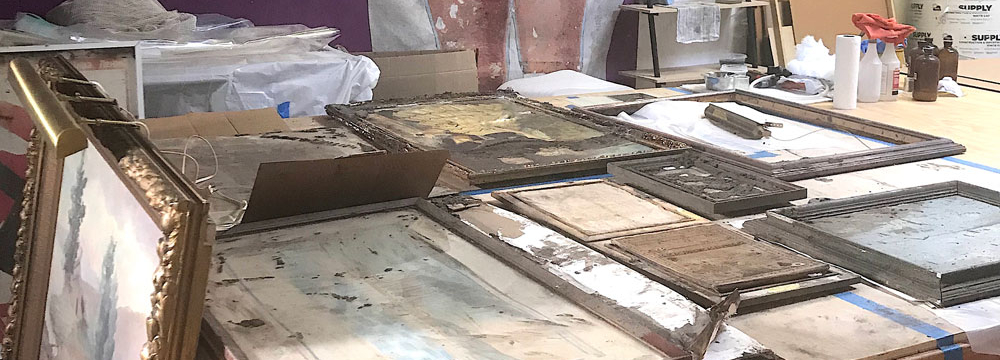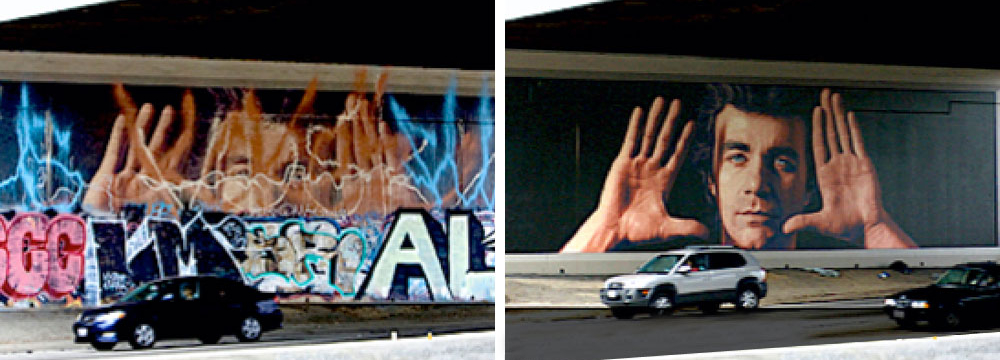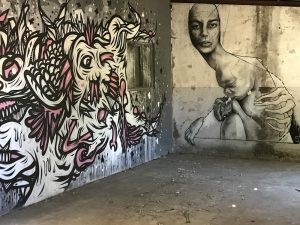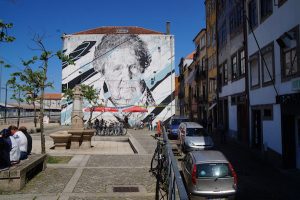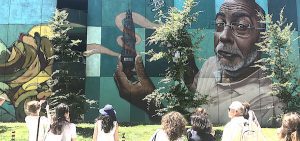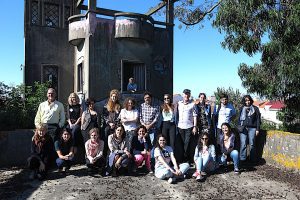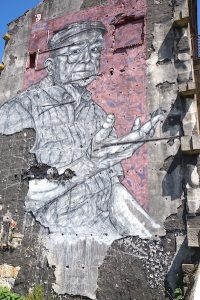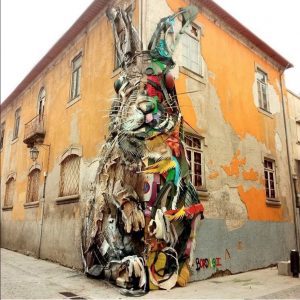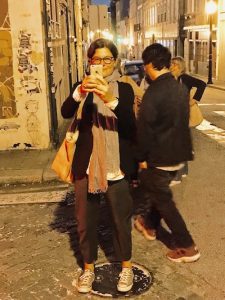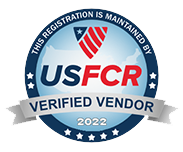Is Street Art Worth Saving? A Conundrum! International mastermind group debates mural and art conservation issues for contemporary art murals in public places
 By Scott M. Haskins, Art Conservator
By Scott M. Haskins, Art Conservator
Trying to conserve, as a general idea, contemporary street art has an almost irritating “rub” for me: the artists don’t care.
But there is an interesting technology reason why,that was new to me as I participated in the international mastermind group that debated these art and mural preservation and restoration issues:
The development and execution of the art (illegally on a wall of an abandoned property or on a wall to be seen in public) is the end unto itself. Meaning that, once the art (or even the tag) is put up, then it is photographed and circulated on social media… and that is the purpose of the “art.” In fact, sometimes there are multimedia and elaborate productions made that become viral standards of the “art”… the “art” being the published technological multimedia production NOT the art on the wall! The physical art production is only part of the creation of the digital art project. Click here for to see an example that went viral: Rone, The Omega Project.Take a minute to enjoy this amazing 3-D production. It really is amazing and it was said in our conference that this production has opened new doors of opportunity and business to the artist (but I can’t confirm this). Preserving the original art created on this project is of no interest to the artist. For more about creating digital productions of street art, click here.
The act of putting up tags and “art” illegally is actually a sub-culture badge of courage and an added “plus’ to the social media vibe… the “artists” get added kudos and adds to their fame.
The disinterest in preserving and restoring the original mural creations by the artists is not exclusively expressed by artists of illegal art. Its also a pervasive attitude of commissioned artists. For the above mentioned conference, a questionnaire was circulated to a number of street artists asking them specifically about these issues. Here is a copy of the answers by some of them: Street artist questionaire
Here is my question, to be answered by all the following (infact I INVITE any comments and questions): mural conservation professionals, city art maintenance personnel and artists… Why even discuss the logistics, politics and technical problems of preservation and restoration of street art if the artists don’t want and will not authorize the work?!?! If no money is available for such projects, why even discuss what is needed to protect and prolong the life of their creations?!?!
The quality of the visual expressions varies from illegal spray-can-paste-up street art that morphs out of the graffiti sub-culture to fine artists with formal training and techniques that create community pride-of-ownership monuments and landmarks… by the way, I AM NOT grouping all these visual expressions as “artwork.” Many formally trained artists would have an emotional discussion with you about this subject.
Legal murals by living artists in public venues are mostly located throughout city locations accessible by the public. The international problems with their protection, preservation and restoration are common issues confronted by specialized art conservation professionals hired by city governments, historical organizations and corporations.
This “masterclass,” attended by mostly veteran specialized art conservation professionals, was actually a master-mind forum for exchanging ideas and experiences. The conference was held at the José Rodrigues Foundation UPTEC’s Creative Industries Center. Practicing mural conservation professionals attended from Milan Italy, Athens Greece, Amsterdam Holland, Los Angeles (Santa Barbara, CA) USA, Barcelona Spain, Porto and Lisbon Portugal, Oslo Norway, Dublin Ireland, Bucharest Romania, Sydney Australia, San Paolo Brazil and from Athens Greece. The video of this group meeting can be seen by clicking this link: https://youtu.be/sApXO1okzXA
Many of the problems discussed (and that are routinely resolved) go far beyond the nasty job of graffiti removal, which include; the questionable techniques and materials choices of some artists, the quality of the walls used for mural painting and the sometimes precarious locations. Here is a very quick video of some of the street art discussed: https://vimeo.com/275374645
So, when it comes time for recuperating, preserving and restoring murals, some mural painting techniques often don’t lend themselves to easily resolving difficult treatment problems. Add to this a wide variety of very complicated logistics for the size of murals, sometimes the size of large buildings.
For instance, one of the problems of interest, discussed from several points of view, several times, were the varnishing of murals and what does a quality (or functional) anti-graffiti coating consist of; what makes one mural more resistant to aging and maintenance than another; how do people define what is worth saving; will vandalism today be considered art in the future? Specialty tools and apps were reviewed and several projects in process presented.
The idea exchange was stimulating and the attendees congenial as visits were made to many murals in the city and presentations of problems were made in the conference room to stimulate discussions. The weather was wonderful, the food good and the time well spent.
This mural conservation mastermind group was organized by 20|21 Conservação e Restauro de Arte Contemporânea, Lda.,Porto,Portugal
Great read! Click here for
Bibliography – Public Murals and Street Art Conservation
Your comments are requested, below.
For background on Scott M. Haskins, click here.
For a short video tour of Fine Art Conservation Laboratories, click here.
For our YouTube Channel, click here
For our Facebook page, click here.
For a mural capabilities statement, click here.
Questions? Call Scott M. Haskins, Oriana Montemurro, Virginia Panizzon, Art Conservators, Andrew Jacobs – Disaster Response Coordinator
805 564 3438 office 805 570 4140 mobile faclartdoc@gmail.com

